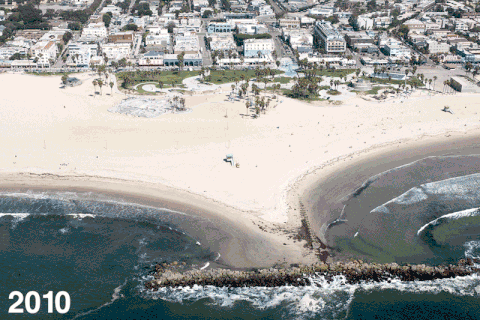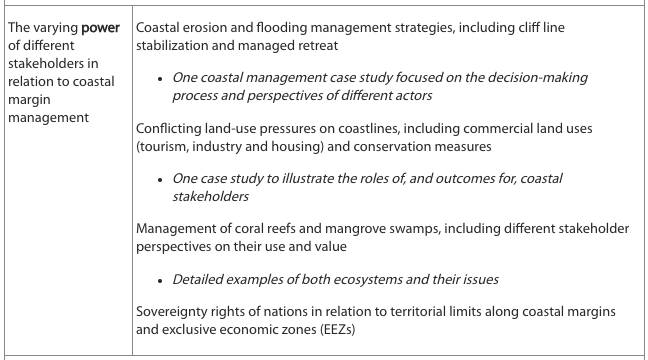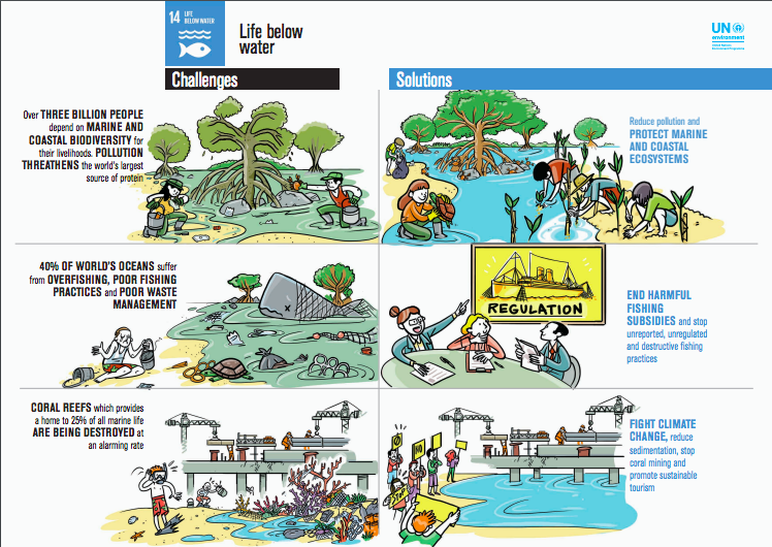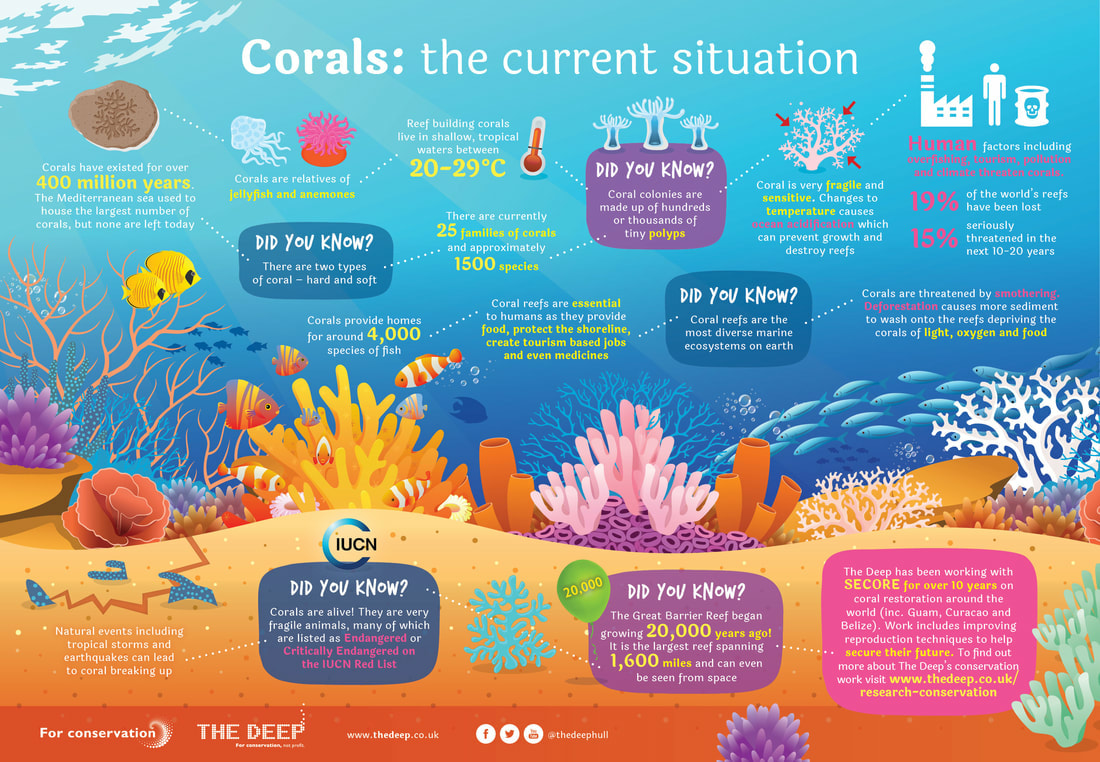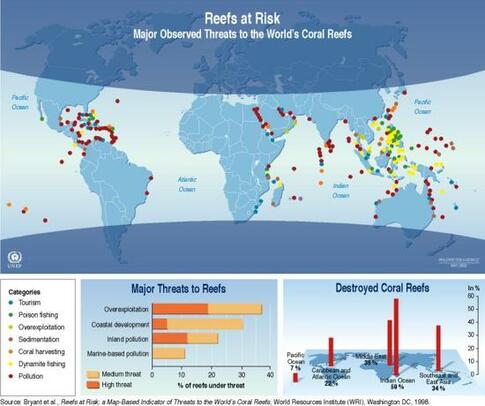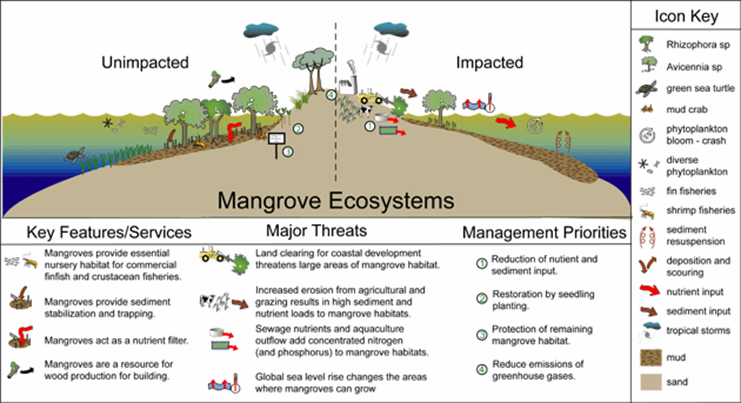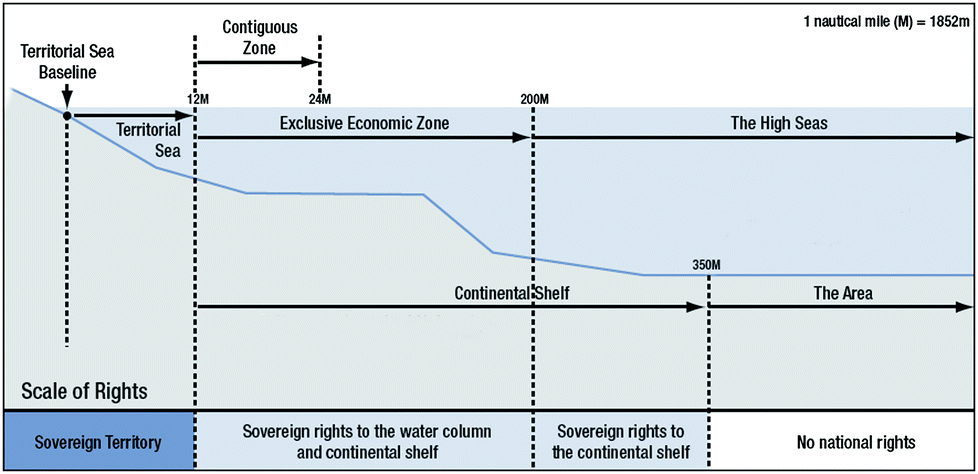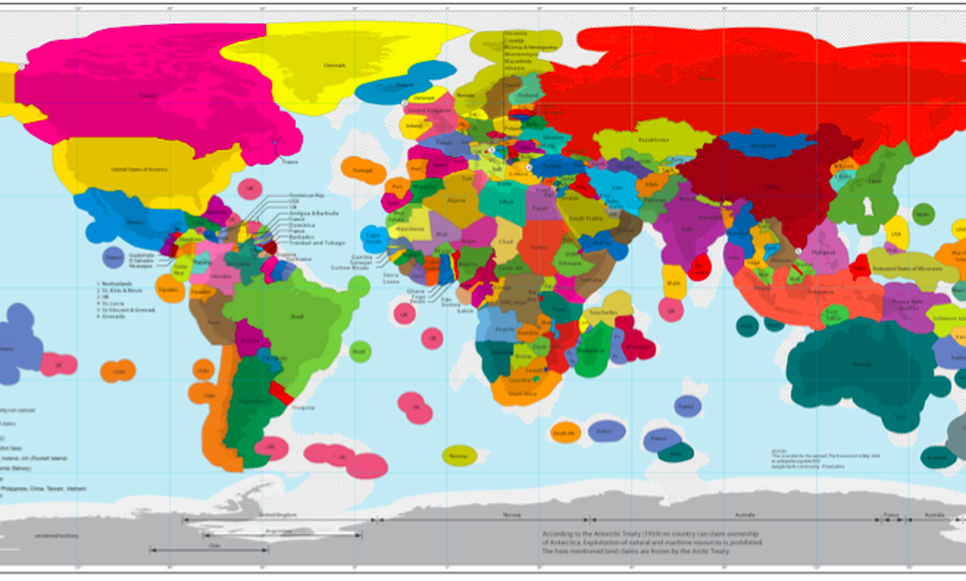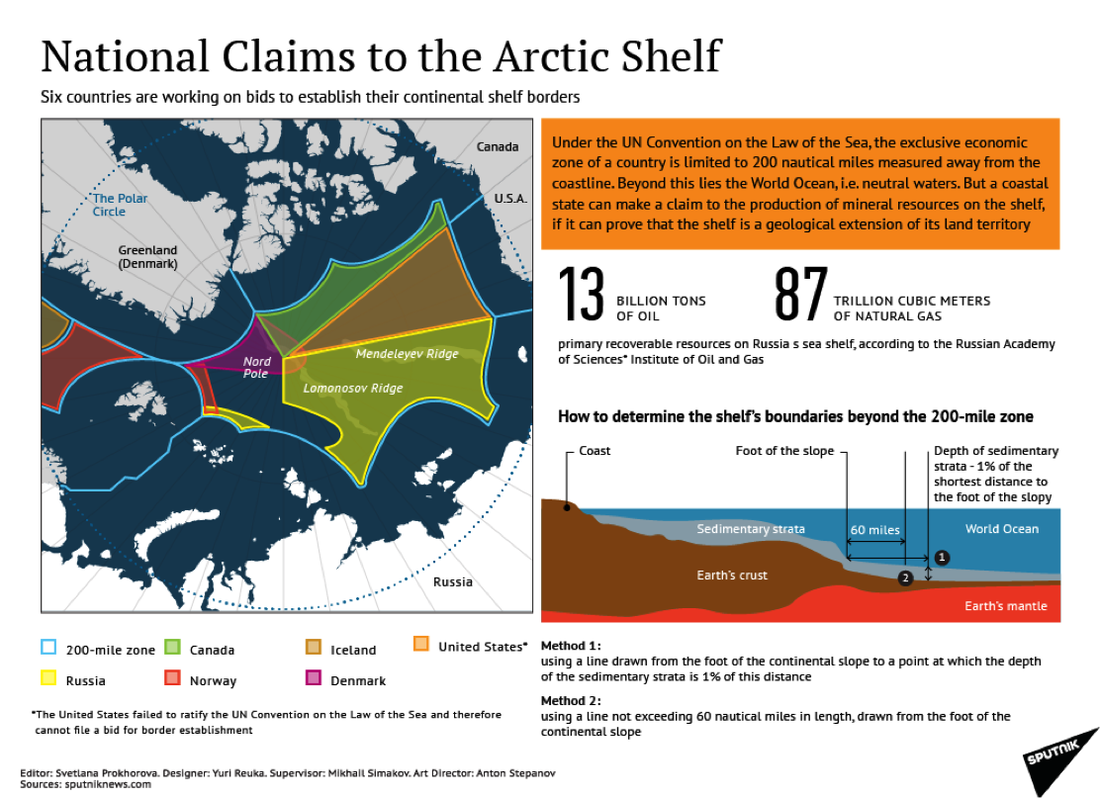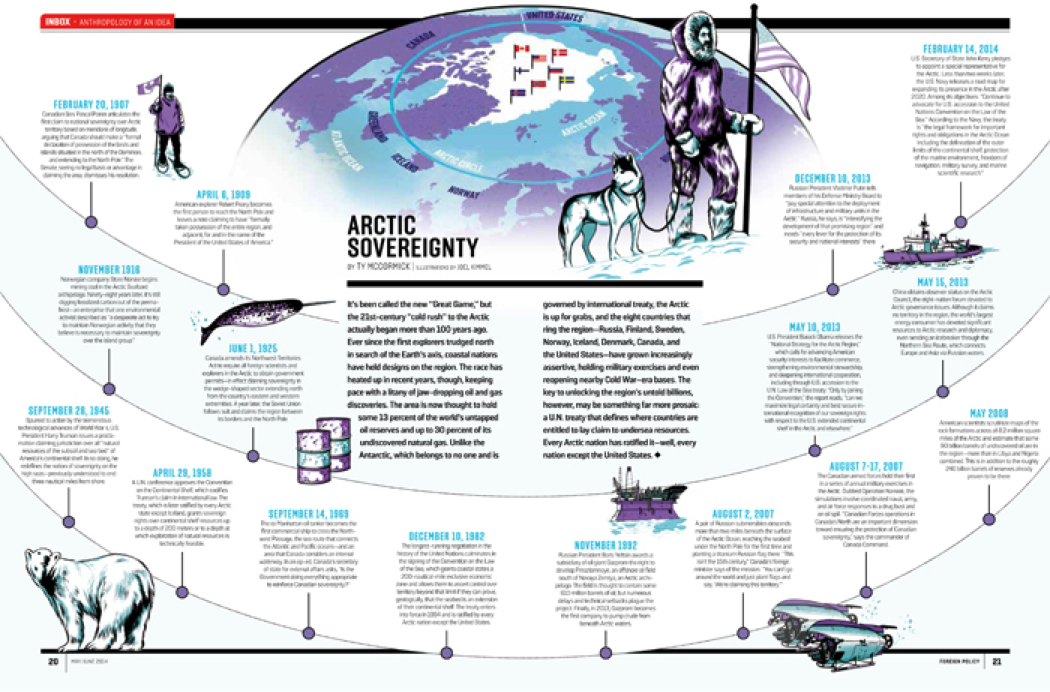3. Managing Coastal Margins
Syllabus Link: The varying power of different stakeholders in relation to coastal margin management
Introduction to Coastal Management

Reading: The case for coastal management
Facts: Coastal management facts and figures
Webpage: UN SDG Goal 14 - Life below water
Coastal Erosion & Flooding Management
Coastal erosion and flooding management strategies, including cliff line stabilization and managed retreat
What is coastal erosion?
|
|
|
|
Worksheet: Coastal erosion & flooding management strategies
Reading: What is coastal erosion?
Article: Eating the shore - Coastal erosion in New Zealand
Slides: Pre and post storm erosion
Coastal Erosion Management Strategies
|
|
|
Bitesized: Coastal management
Geofile: Coastal Management
Wiki: Cliff Stabilization
Infographic: Cost benefits of coastal management in the UK
Article: NOAA finds natural coastal defences the most effective
Geofile: Coastal Management
Wiki: Cliff Stabilization
Infographic: Cost benefits of coastal management in the UK
Article: NOAA finds natural coastal defences the most effective
|
|
|
|
Conflicting Land Use Pressures
One coastal management case study focused on the decision-making process and perspectives of different actors
Samut Chin, Upper Gulf of Thailand - A Case Study of Erosion & Conflicting Land Use
|
|
|
|
Case Study: Samut Chin coastal management case study activity
Reading: Bangkok coastal erosion case study reading
PDF: Greenpeace briefing - Coastal erosion from sea level rise
PDF: Impact of erosion on Bangkok area, Gulf of Thailand
Resources: Samut Chin case study shared folder
Reading: Bangkok coastal erosion case study reading
PDF: Greenpeace briefing - Coastal erosion from sea level rise
PDF: Impact of erosion on Bangkok area, Gulf of Thailand
Resources: Samut Chin case study shared folder
Table: Roles of coastal stakeholders
Video: Identifying and engaging ocean stakeholders
Article: Privatizing the coast
Example: The true cost of cheap shrimp
Coral Reefs
Article: Loss of coral reef could cost $1 trillion economic damage
Article: Coral reefs in Thailand decline at an alarming rate
Explore: Underwater google earth views
Webpage: Ko Tao's reef status
|
|
|
|
|
Notes: Coral reef note taking tasks
PPT: Coral Reef Introduction
Website: Coral Reef Facts
Geofile: Coral Reefs
Webpage: Threats to coral reefs
Bitesize: Coral reef management
PPT: Coral Reef Introduction
Website: Coral Reef Facts
Geofile: Coral Reefs
Webpage: Threats to coral reefs
Bitesize: Coral reef management
|
|
|
|
Mangroves
|
|
|
|
Notes: Mangrove note taking sheet
Website: WWF - Mangrove ecosystems
Article: The miracle of mangroves for coastal protection
Article: World Bank encourages protection of natural capital
Reading: Mangrove forests - benefits & threats
|
|
|
|
Management Examples
Sovereignty Rights of Nations - Territorial Limits and EEZS
Sovereignty rights of nations in relation to territorial limits along coastal margins and exclusive economic zones (EEZs)
|
|
|
|
Maritime Sovereign Rights
Map of EEZs
Arctic Case Study
|
|
|
Document: Arctic Case Study
Article: Thaw in accord
Article: Rush for Arctics resources provokes territorial disputes
Article: Frozen disputes
